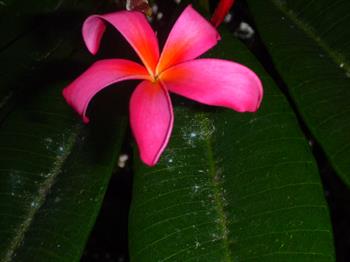Growing Tropical Plants
 Work in a Nursery, Garden or Design Tropical Landscapes.
Work in a Nursery, Garden or Design Tropical Landscapes.Improve your knowledge of tropical plants and how to grow them - in or outside of tropical regions.
Some people would think a tropical is a plant that comes from the tropics. Others might consider tropical to also include plants from sub tropical places. This course is concentrating on plants which originate from tropical or sub tropical climates; but there may be some plants covered which fit a looser definition of “tropical”.
This course provides valuable instruction for both growing plants in warm places or in protected places such as greenhouses and inside homes or offices.
Study many of the significant tropical plants including: Heliconias, Alpinia, Hedychium, Zingiber, Musa, Costus, Cordylines, palms and cycads, climbers, shrubs, trees, orchids, ferns, Aroids and Bromeliads, herbs, vegetables and fruit bearing plants, etc.
This course also covers:
This course also covers: plant names/classification (scientific and common), climatic conditions, plants suited to your locality; cultural practices: understanding soils, naming a soil, propagation, watering, feeding, pruning etc. Growing tropical plants outside the tropics and indoors - in different climates and conditions.
Discover: how to landscape with tropical plants and how to use colour and texture; how to select appropriate plants for; how to plan a courtyard and prepare sketch plans.
A great course for those working in or wanting to work in this field.